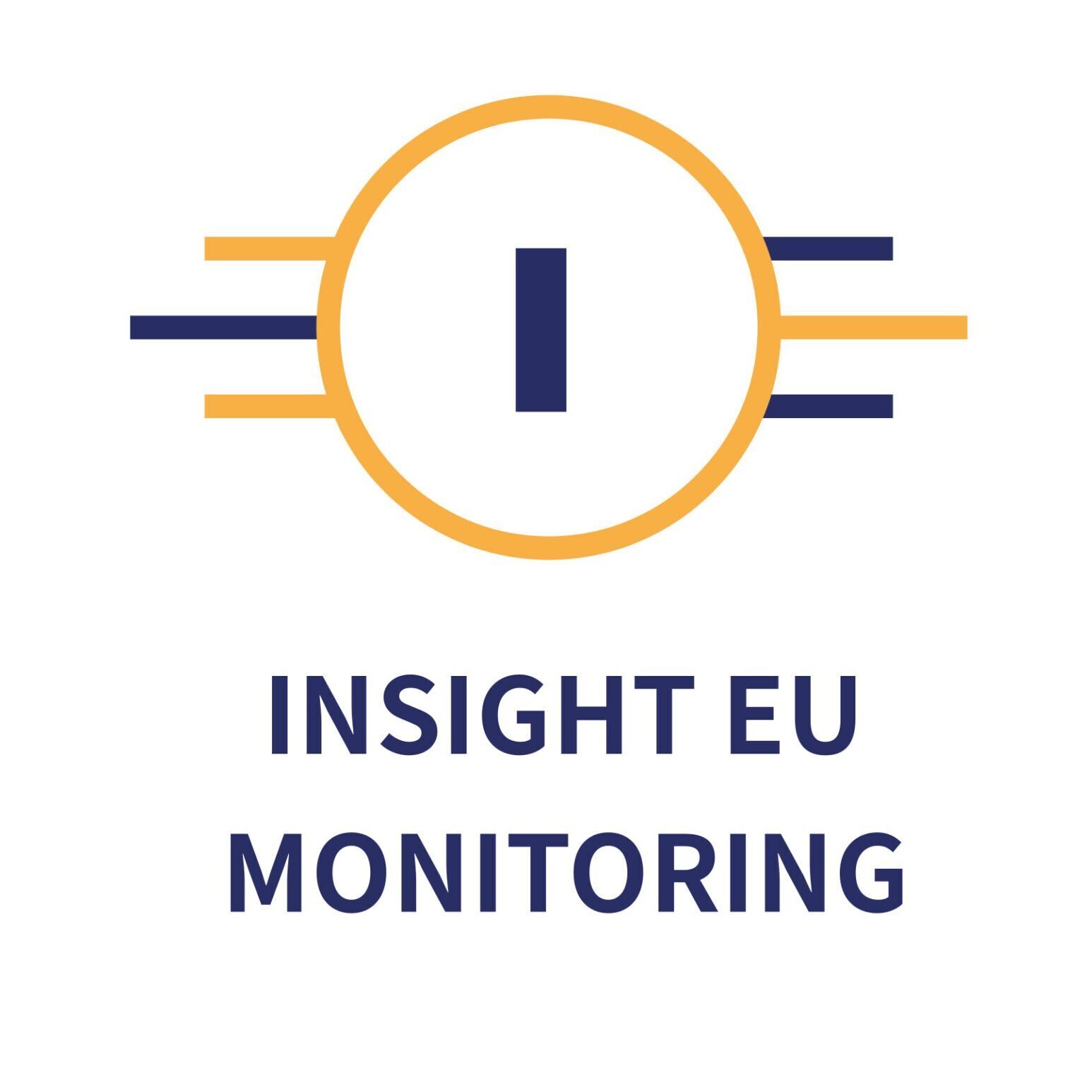Lisbon, 17.04.2023
A closely monitored substance by the name of hexahydrocannabinol (HHC) is the focus of a new EMCDDA report out today. Synthesised from cannabidiol (CBD) extracted from low-THC cannabis plants (hemp), it is the first semi-synthetic cannabinoid (SSC) to be reported in the EU. Although first described in the scientific literature in 1940, HHC was initially identified in Europe in May 2022. It has been monitored as a new psychoactive substance (NPS) by the EU Early Warning System (EWS) since October 2022.
At present, relatively little is known about the effects and risks of using HHC. The purpose of today’s report is to raise awareness of the rapidly evolving market for HHC and related SSCs and to provide an authoritative first overview of what is known so far.
As of 31 March 2023, identifications of HHC had been reported by 20 EU Member States and Norway (1). At the time of writing the report, HHC was not controlled in most European countries and is not scheduled under the 1961 and 1971 UN Conventions.
Since HHC was first detected in Europe, a further two SSCs, HHC acetate (HHC-O) and hexahydrocannabiphorol (HHC-P), have also been identified on the European drug market. These developments may signal the first major new change in the market for ‘legal’ replacements to cannabis since Spice-type products (containing synthetic cannabinoid receptor agonists) emerged in Europe just over 15 years ago.
According to a small number of laboratory studies, HHC appears to have broadly similar effects to THC, the main psychoactive substance in cannabis. The pharmacological and behavioural effects of HHC in humans have not been studied, although recent anecdotal reports from consumers indicate that its effects might be similar to that of cannabis.
HHC is sold openly as a replacement to cannabis and THC products in a range of highly attractive branded and unbranded products. These include low-THC cannabis (hemp) flowers and resin, onto which HHC has been sprayed or mixed (these look and smell like illicit cannabis); vape pens, e-liquids and e-liquid cartridges for use in e-cigarettes; and edibles and oils. Marketing and advertising often make comparisons to the effects of cannabis and THC.
Since October 2022, the EMCDDA has received reports of around 50 seizures of products containing HHC through the EWS, amounting to some 70 kg and almost 100 litres of material. While most of these were small-scale, three large seizures in Italy, Poland and Germany suggest a potentially larger trade.
HHC may be used by existing cannabis users and new consumers attracted to its effects and legal status — including young and other inexperienced people. In some cases, ease of access (e.g. through high street CBD and vape shops), may promote use.
HHC appears to have first been sold in the US in around September 2021. The arrival on the US drug market of HHC and other SSCs seems to be linked to legislative changes there (2).
Today’s report is one of a range of EMCDDA actions to respond to potential public health and social risks from this new market. These include close monitoring of the situation and regular review of signals on these substances via the EWS, as well as a technical expert meeting held in December 2022. Together, these actions are intended to strengthen awareness of this emerging issue and to support preparedness and response measures at national and EU level.
